Salonga National Park (French: Parc National de la Salonga) is a national park in the Democratic Republic of the Congo located in the Congo River basin. It is Africa's largest tropical rainforest reserve covering about 36,000 km2 or 3,600,000 hectares (8,900,000 acres). It extends into the provinces of Mai Ndombe, Equateur, Kasaï and Sankuru. In 1984, the national park was inscribed on the UNESCO World Heritage List for its protection of a large swath of relatively intact rainforest and its important habitat for many rare species. In 1999, the site has been listed as endangered due to poaching and housing construction. Following the improvement in its state of conservation, the site was removed from the endangered list in 2021.
The Salonga National Park was established as the Tshuapa National Park in 1956, and gained its present boundaries with a 1970 presidential decree by President Mobutu Sese Seko[citation needed]. It was registered as a UNESCO World Heritage Site in 1984.[1] Due to the civil war in the eastern half of the country, it was added to the List of World Heritage in Danger in 1999.[2]
The park is co-managed by the Institut Congolais pour la Conservation de la Nature and the World Wide Fund for Nature since 2015. Extensive consultation is ongoing,[3] with the two main populations living within the park; the Iyaelima, the last remaining residents of the park [1] and the Kitawalistes, a religious sect who installed them-self in the park just after its creation. An intense collaboration exists between the park guards and the Iyaelima, as Iyaelima villages are used as guard posts. It is known that bonobo densities are highest around Iyaelima villages which shows that they cause no threat to the park's emblematic species.[4]
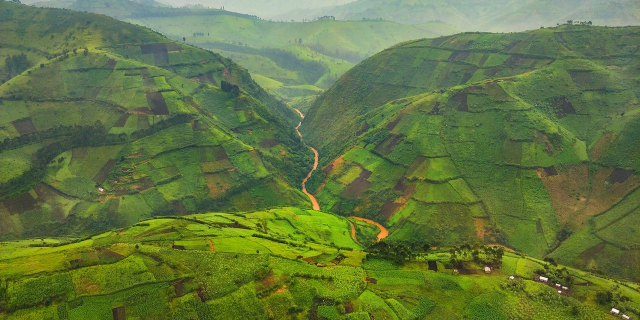






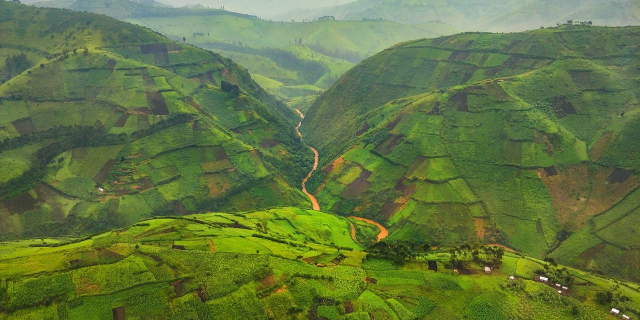




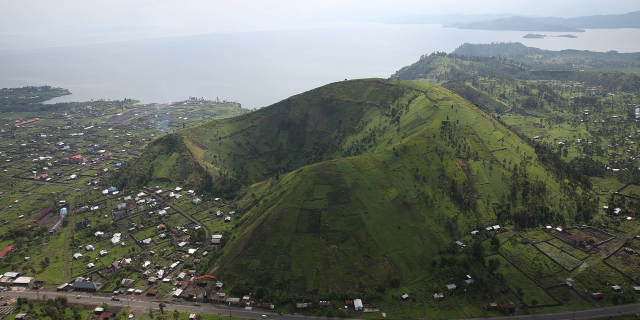



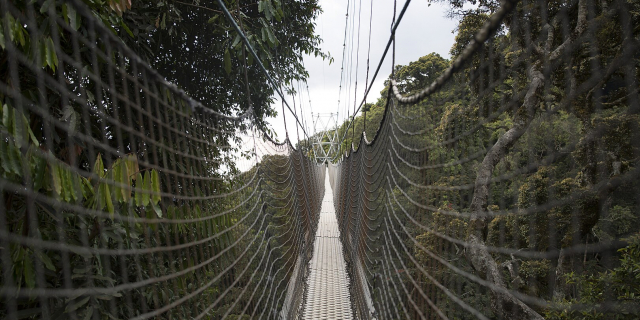
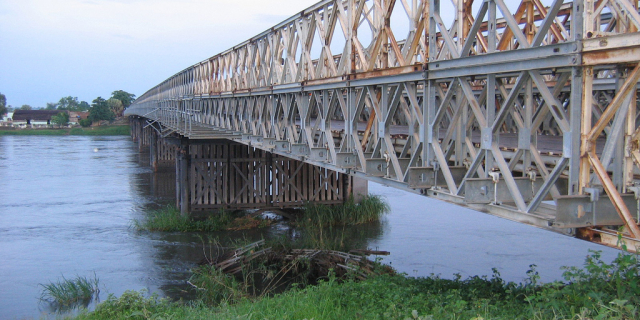





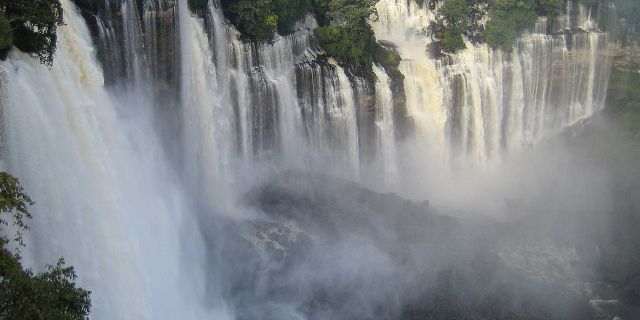

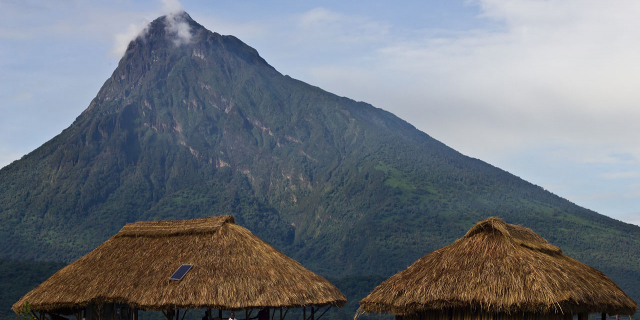
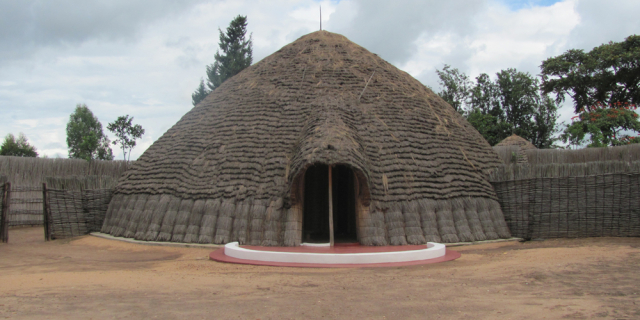
Add new comment